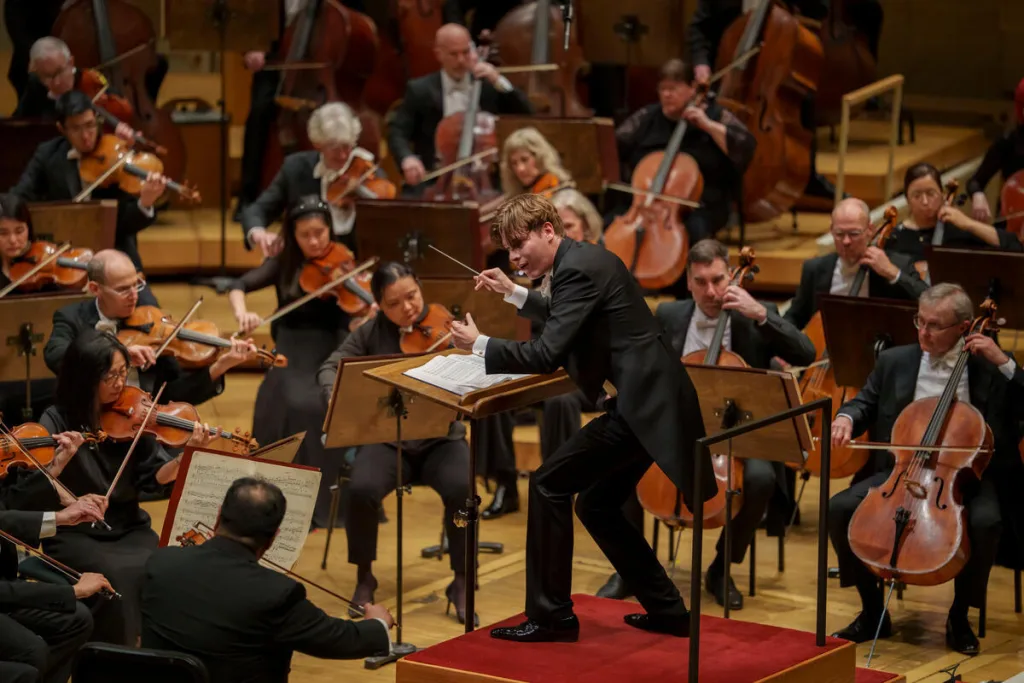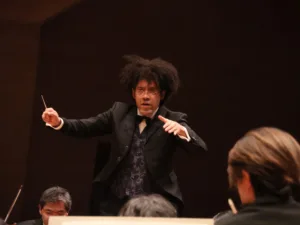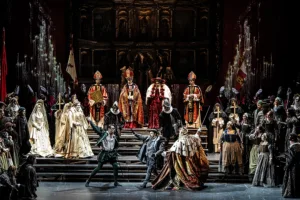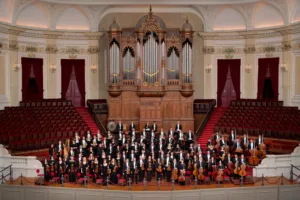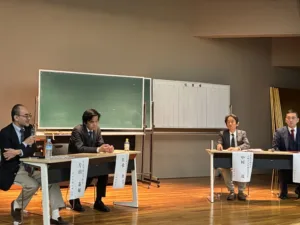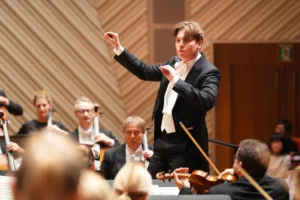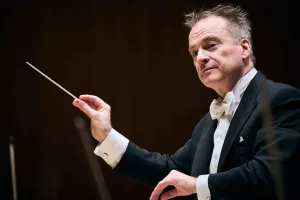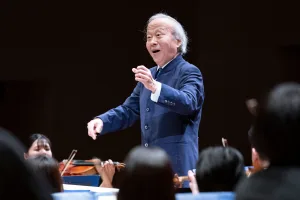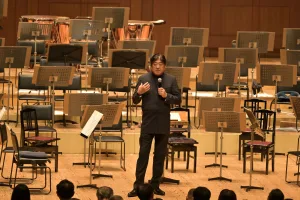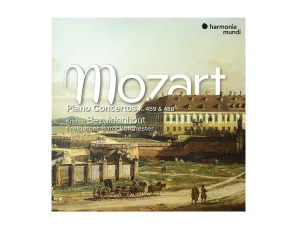Trifonov and Brahms: The Pinnacle of Symphonic Mastery
By Mitsuru Fukase
Young conductor Klaus Mäkelä, who is now rapidly rising to prominence, led two programs at the Chicago Symphony Orchestra’s subscription concerts from late April to early May. It was his long-awaited return since the announcement last spring of his appointment as the 11th Music Director, starting in 2027, and the local audience enthusiastically welcomed their future maestro.
Mäkelä will also assume the chief conductorship of the Royal Concertgebouw Orchestra at the same time. This is a remarkable leap forward for the 29-year-old, born in 1996. He currently holds positions with the Orchestre de Paris and the Oslo Philharmonic, and his guest conducting engagements are with some of the most prestigious orchestras in the world. Why are renowned orchestras around the globe so captivated by him? Driven by this curiosity, I headed to Symphony Center, the Chicago Symphony’s home.
The first program featured Mahler’s Symphony No. 3, performed for three consecutive days from April 24th. I was able to attend the second program, which consisted of Brahms’ Piano Concerto No. 2 in the first half (with artist-in-residence Daniil Trifonov as the soloist), and Boulez’s “Initiale for Seven Brass Instruments” followed by Dvořák’s Symphony No. 7 in the second half. Given the symphonic connection to Brahms, this was an ideal repertoire to gauge the chemistry between the conductor and the orchestra. I attended the first of the four consecutive concerts held from May 1st to 4th.
The concerto began with a hushed and tentative opening from both the piano and the orchestra. However, as they moved into the main section, the tempo gradually increased, and before long, the two forces ignited, engaging in a fiery and intense musical exchange.
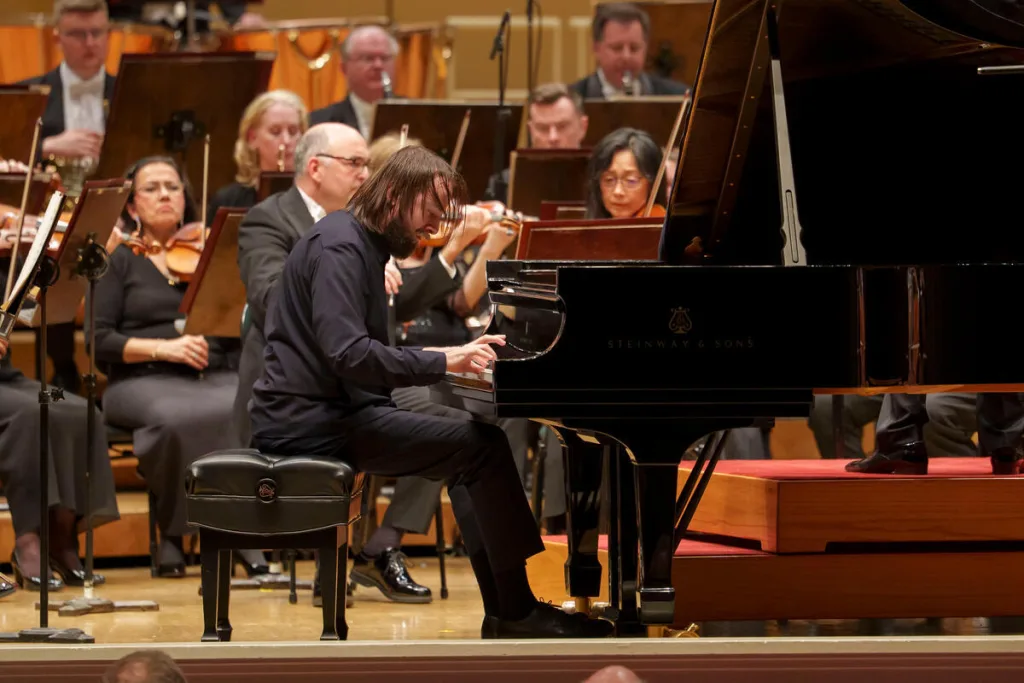
Mäkelä, with his tall, slender frame and expansive gestures, created a resilient pulse and aimed for a taut, well-defined sound. He meticulously controlled dynamics and the balance between strings and winds, paying close attention to the nuances of expression. At times, he brought out a sharp edge in the timbre, revealing a fresh and vibrant inspiration, like young leaves budding. His tempos were unlingering, and a fresh vitality permeated the performance. One could sense his decisive leadership firmly grasping the hearts of the musicians, resulting in a responsive surge that was unified with the conductor’s intent. His ability to draw such a novel flavor from a well-known masterpiece is likely a part of the Mäkelä magic.
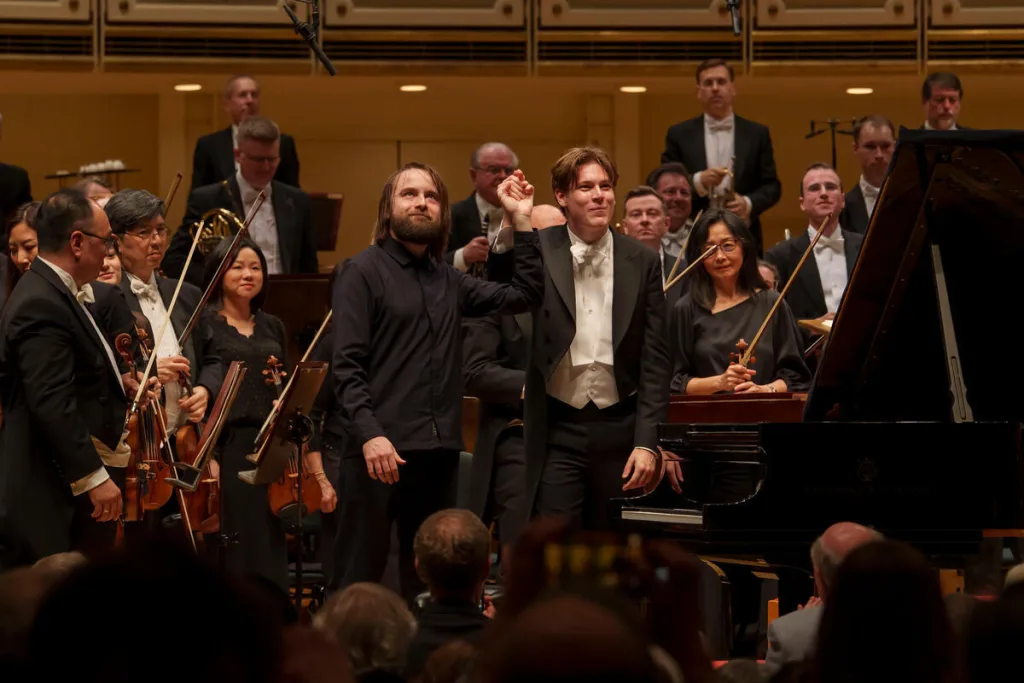
Trifonov’s keen lyricism on the Steinway also meshed well with Mäkelä’s conducting. With his solid technique and refined articulation, he brought out the inherent beauty of the work. Even at the climaxes, he remained completely in control, engaging with the orchestra using a pure, clear tone. The development, which truly reached the pinnacle of the symphonic form, was overwhelming.
Following a second movement with a moderate sense of flow, the delicate expressiveness of the third movement was richly conveyed (principal cellist John Sharp delivered a magnificent solo). The crisp vitality and build-up of the fourth movement heightened the exhilarating sensation. The collaboration, filled with a sense of high-quality bliss, quickly brought the hall to a storm of standing ovations.
Dvořák with a Smart and Precise Feel
The second half of the concert began with a roughly five-minute piece for the brass section, performed as a tribute to Pierre Boulez, who would have celebrated his 100th birthday this year and had a deep connection with the Chicago Symphony Orchestra. The performance served as a brilliant demonstration of their virtuosity.
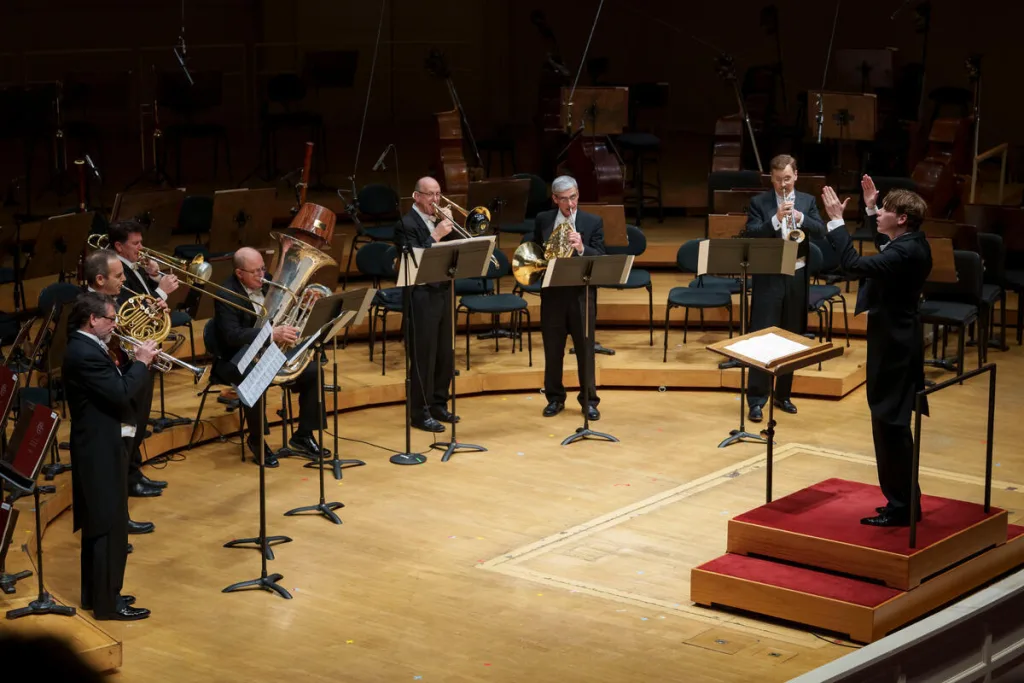
Dvořák’s Symphony No. 7 revealed yet another facet of this new partnership. The Chicago Symphony’s traditional taut and muscular sonority was infused with a modern, cool sensibility of high resolution, resulting in a brilliant and exhilarating performance dominated by a smart precision.
From the first movement’s Allegro maestoso, a majestic expression emerged with clarity, highlighting the distinct, dignified lyricism inherent in this work. The second movement, Poco adagio, showcased the brilliant virtuosity of the wind section. The Scherzo of the third movement featured sharp rhythms and a crisp, high-contrast finish. In the finale, the orchestra’s high level of technical proficiency and meticulous textures came to the fore, concluding with a powerful and resolute impact. The performance ultimately reaffirmed the work’s affinity with the character of Brahms.
While Mäkelä’s style may not guarantee success with every orchestra, his initial outings with the Chicago Symphony suggest a promising beginning. Mäkelä is scheduled to tour Japan this year with the Orchestre de Paris in June and with the Royal Concertgebouw Orchestra in November. It is indeed a pleasure to have the opportunity to witness firsthand his skill in commanding these prestigious ensembles in Japan as well.
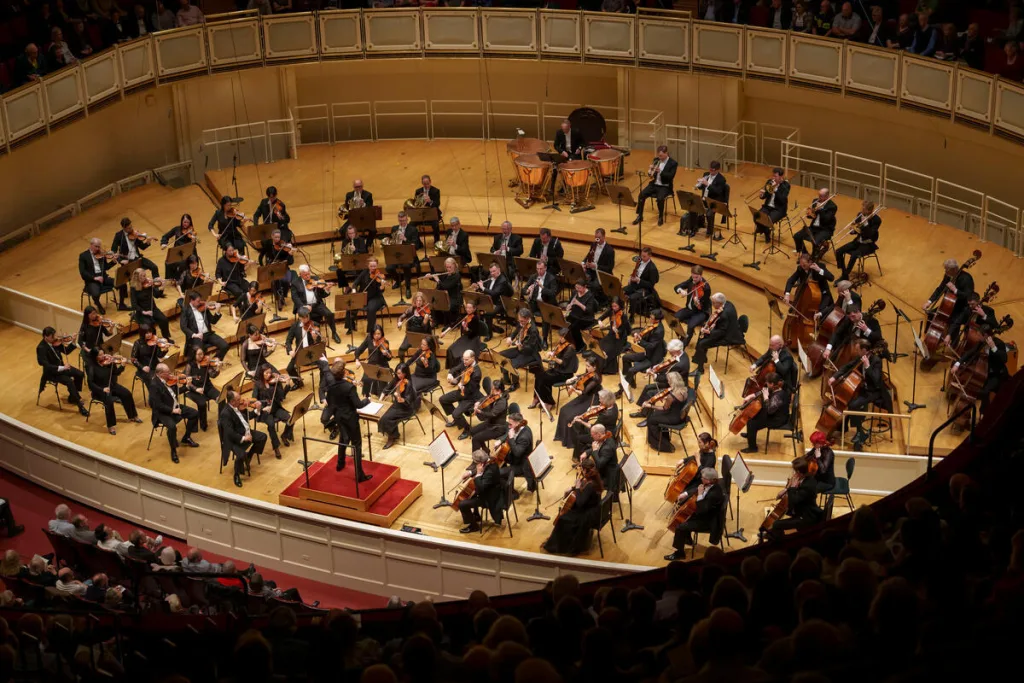
Performance Data
Klaus Mäkelä conducts the Chicago Symphony Orchestra
Thursday, May 1, 2025, 19:30 Symphony Center, Chicago
Conductor: Klaus Mäkelä
Piano: Daniil Trifonov
Orchestra: Chicago Symphony Orchestra
Program:
Brahms: Piano Concerto No. 2
Boulez: Initiale for Seven Brass Instruments
Dvořák: Symphony No. 7
Official Website : Chicago Symphony Orchestra : Mäkelä & Trifonov
